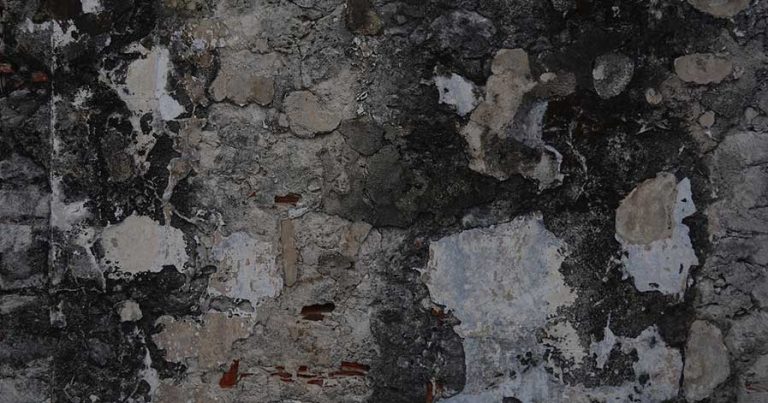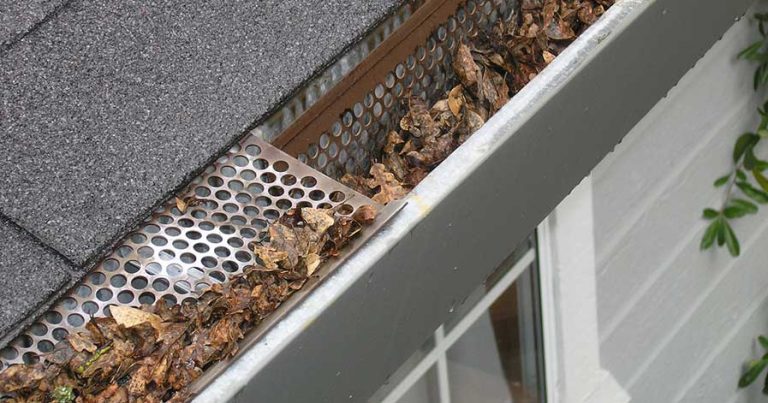How to Get Rid of Mold in Your Home
Dealing with Mold Growth
Mold is a pain for any homeowner and, if not treated correctly, it can quickly become a problem which spreads throughout the house. Mold can grow on almost anything where moisture is present. It reproduces through airborne spores which attach themselves to damp areas in order to grow, reproduce and spread.
There are around 11 different types of common mold. To the untrained eye they all appear the same — we tend to refer to them all as mold or mildew. It can infect any part of the home that is made from absorbent material (often wood or board, but also cement) such as floors, walls, decking, beams, grouting, and even furniture.
The spores can also irritate allergies and cause major respiratory issues over the long term if left untreated. Fortunately if the problem has not grown too widespread then it can be easily treated without having to rip your home apart.
However if the infestation has started to appear over a large area, it’s best to call in the professionals to assess the situation and deal with it once and for all.
There are a few things you can do yourself if the problem is only minor. Just remember it’s best to wear face masks and gloves when dealing with any amount of mold. Also take extra precautions not to spread the spores around the house.
Bathroom Mold Prevention
We’ll start with bathroom mold as it is probably the most common place to find surface mold in the home, being the most humid and damp room in the house. The techniques for the bathroom can be replicated for any surface mold throughout the home and even on the decks and sidings.
To prevent mold from occurring in the bathroom you can take some simple measures such as opening a window while you shower. You should then leave it open for a while after to let the steam escape and so the room can dry after you’ve finished.
You should also invest in a decent ventilation system in your bathroom which will help to draw the moisture and humidity from the air.
Surface Mold Prevention
Every surface that is susceptible to damp conditions on a regular basis can fall victim to mold. You should be especially wary in your kitchen around the sink and stove. It can also easily appear on your side skirting within your home as this is low to the ground; as we all know damp rises.
Make sure you thoroughly clean all areas after cooking or using the sinks in your kitchen. Wipe down the side skirting as you do your regular housekeeping chores.
Open the windows regularly to allow ventilation through the home. You could even run fans, especially in humid climates. If you are particularly worried, you may also want to invest in an air purifier which will remove spores in the air before they settle.
Mold can also often settle on decks and sidings as they grow older and their waterproofing deteriorates. This is also easily treated with DIY solutions.
DIY Solutions for Surface Mold
Sometimes, regardless of your best efforts to avoid it, mold will appear and that’s when you will have to get scrubbing.
Baking Soda and Detergent
You can make a paste with water, baking soda and detergent and spread it over the infected tiles and grouting. Leave it to sit for around 20 minutes before scrubbing it off with a stiff brush and wiping over with your usual shower cleaner and cloth.
This method is great as it deodorizes the area too. This method can be used for any surface, although you might want to avoid using it on porous surfaces that won’t dry out completely such as wood. This is a great non-toxic solution, but be warned as it’s probably weakest in your arsenal.
Distilled White Vinegar
Another solution is to use distilled white vinegar. Just like the baking soda, rub the vinegar on the infected area and leave for 10 to 15 minutes before scrubbing off with a stiff brush. After, you will want to wipe the area down with your usual cleaner and a rag as the vinegar smell might be a little sharp.
This can also be used for most surfaces but it would probably be better to avoid using it on wood. The great thing about this solution is that it is acidic which means it’s very effective at killing mold in a non-toxic manner.
Bleach
The final method is to use bleach. Be careful, as you always should be, as bleach is a very toxic substance and can cause irritation if not dealt with carefully. Mix the bleach with some water and rub it onto the infected area. Just like the other two solutions, leave it for 10 to 15 minutes before scrubbing away and wiping down the area with you regular cleaner.
This is the method you should use for wood surfaces such as sidings, decks, beams and furniture. However, in this case, instead of using water you should use detergent as this will ensure it doesn’t penetrate the wood.
While toxic, this is the most effective method out of the three for ridding yourself of mold. One thing you should be aware of is that under no circumstances should bleach be mixed with anything that contains ammonia as it will give off a toxic gas.
Larger Mold Infestations
If the mold is within your walls or floorboards you can treat it yourself. However, if you are not confident with doing it yourself and are unprepared for pulling up floor boards and replacing dry wall, it’s best to get the professionals in to take a look.
Plus it’s hard for you to tell, unless you’re trained, whether the mold has spread elsewhere in the house. It's always best to get the pros in for anything other than basic surface mold around the house and that is more deeply rooted in nature.

